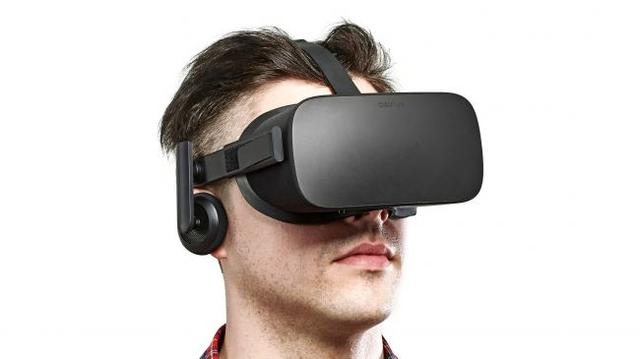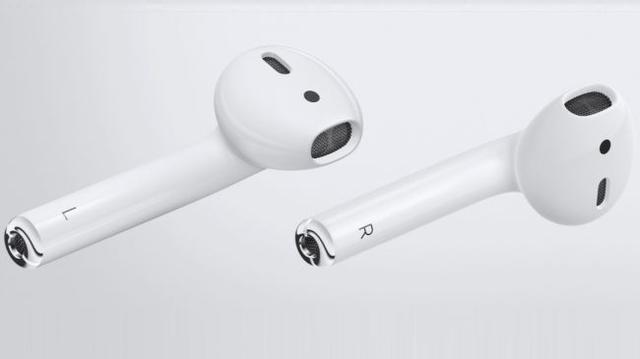Virtual reality VR and augmented reality AR are undoubtedly the new technologies most concerned about. In fact, they are more representative of the future than the matured, industrialized smartphone market.

Sony PS VR will be available in the middle of this month, forming a three-way position with Oculus and HTC. Google's DayDream will focus on the mobile VR market. Compatible handsets and head phones may appear in large numbers at the end of this year and early next year; Microsoft's HoloLens and Intel's AR Helmets focus on AR applications and let people touch digital content in reality.

So what about Apple? In fact, Tim Cook has shown interest in VR and AR equipment more than once, and said they will be the future trend. Although we do not know when Apple will enter the market, it is certain that Apple has secretly developed its own style of VR/AR devices and platforms. Let's take a look at the related content.
Has Apple already paid attention to the VR/AR market?

For tech giants such as Apple, the huge patent reserves are not surprising. In fact, as early as 2008, Apple had already applied for compatible mobile phones such as Google Glass and Samsung Gear VR, which could turn the iPhone into a monitor and realize a mobile virtual reality experience.

With the innovation of technology, Apple is constantly updating its patents, and some of its head-up patents are similar to those of the Oculus Rift. They adopt a fully-enclosed design, and they have the effect of automatically adjusting the visual field and vision, while using the wireless form to connect with external devices.
Apple's competitors
At present, Apple’s competitors include desktop VR headset manufacturers such as Oculus, HTC, and Sony, and mobile VR vendors such as Samsung and Google, as well as AR vendors such as Microsoft and Intel. The market competition is extremely fierce.

Obviously, Apple doesn't lack concepts and technologies, but it hasn’t entered the market yet. It is related to its “toneâ€: Apple always hopes to change the user experience through small, but essential, upgrades.
For example, currently VR headsets are mostly bulky, wired, and do not completely resolve vertigo problems; AR devices are similar to Google Glass even larger, and can not be worn as ordinary sunglasses. Apple is currently working on basic hardware and component improvements to make the VR and AR experience even better.
What does Apple's VR/AR device look like?
In fact, Apple has already begun to deploy AR market this year, but not through visual equipment, but AirPods.

This redesigned wireless headset, which turns on Siri, is like a virtual assistant in the sci-fi movie “She†and is clearly a design full of AR potential.
As for the headlines, due to the uncertainty of patents, it cannot be judged whether Apple will launch mobile phone-based products or whether it is completely independent. But what is certain is that Apple believes that current VR/AR devices are not perfect, bulky, wired, and weird. These will hinder the development of the market. They are still niche and laboratory-based devices.
Apple doesn't invent equipment, but it is a trend that will not easily enter the market until the VR/AR device can be designed as beautiful as an iPod, iPhone, or MacBook.
The DISPLAY includes 4K2K ultra-high resolution, 3D, ultra-thin, narrow bezels, transparent displays, LTPS, OLED, and touch solutions. It has the most complete generation production lines from 3.5G, 4G, 4.5G, 5G, 6G, 7.5G to 8.5G, providing the panel products needed for various LCD applications, ranging in size from "24 to 55" TFT-LCD panels. We are the world's leading TFT-LCD Panel manufacturer with a 16.2% market share in large-size panels. We are committed to providing customers with a highly value-added portfolio of innovative products, utilizing the competitive advantages of a complete generation of production lines, flexible adjustment and development of various application products, and further grasp the market opportunities and achieve a comprehensive niche.
Tft-lcd products also have a series of specifications, sizes, variety, convenient and flexible use, maintenance, update, upgrade easy, long service life and many other characteristics. Display quality from the simplest monochrome character graphics to high resolution, high color fidelity, high brightness, high contrast, high response speed of various specifications of the video display; The display modes include direct vision, projection, perspective and reflection.
2.4 Inch Tft Lcd,Tft Spi Arduino,Custom Tft Display,Small Tft Display
Tonya Display Limited , https://www.tydisplay.com